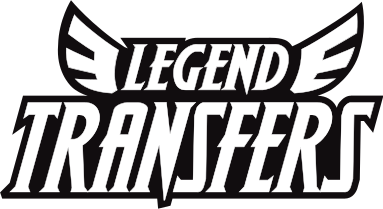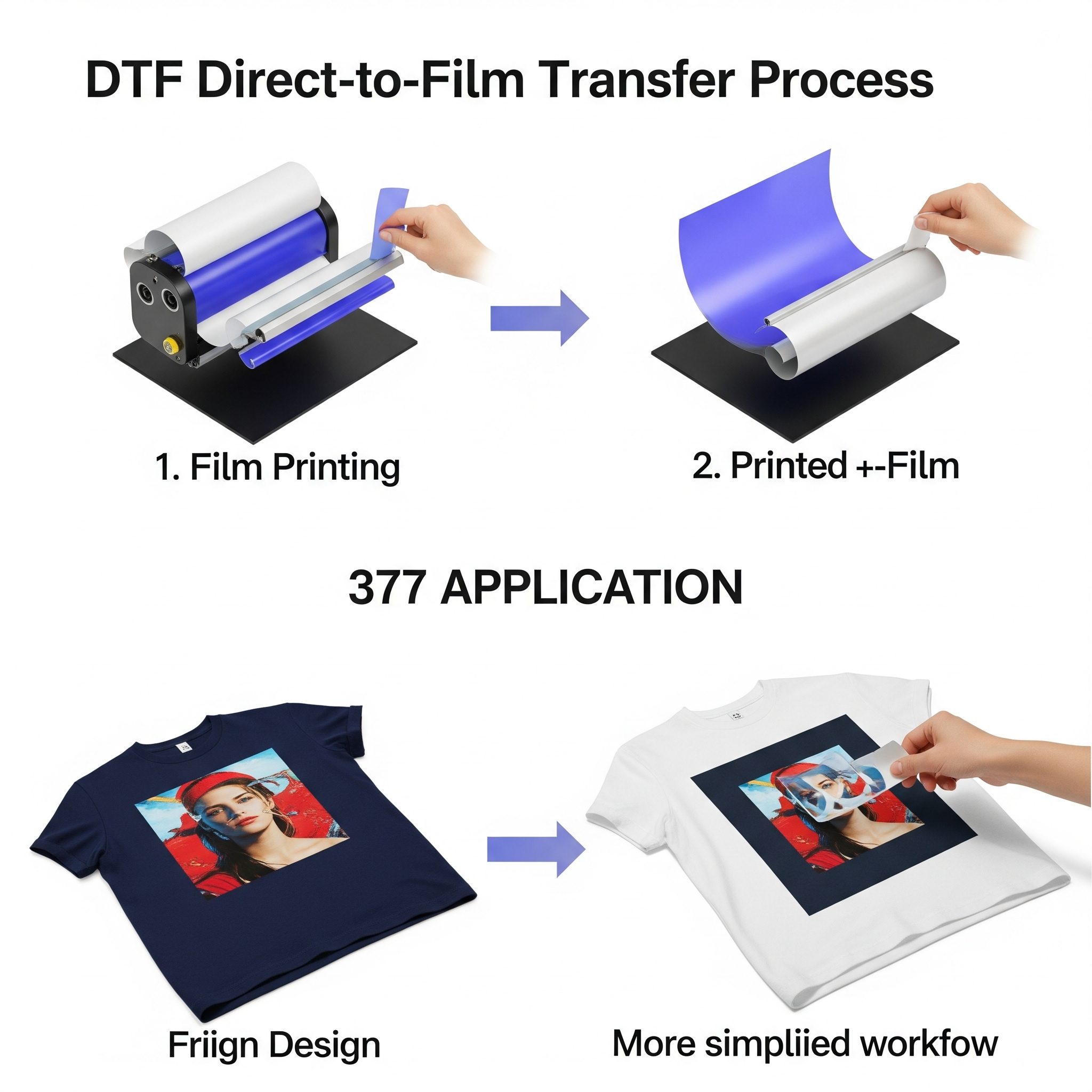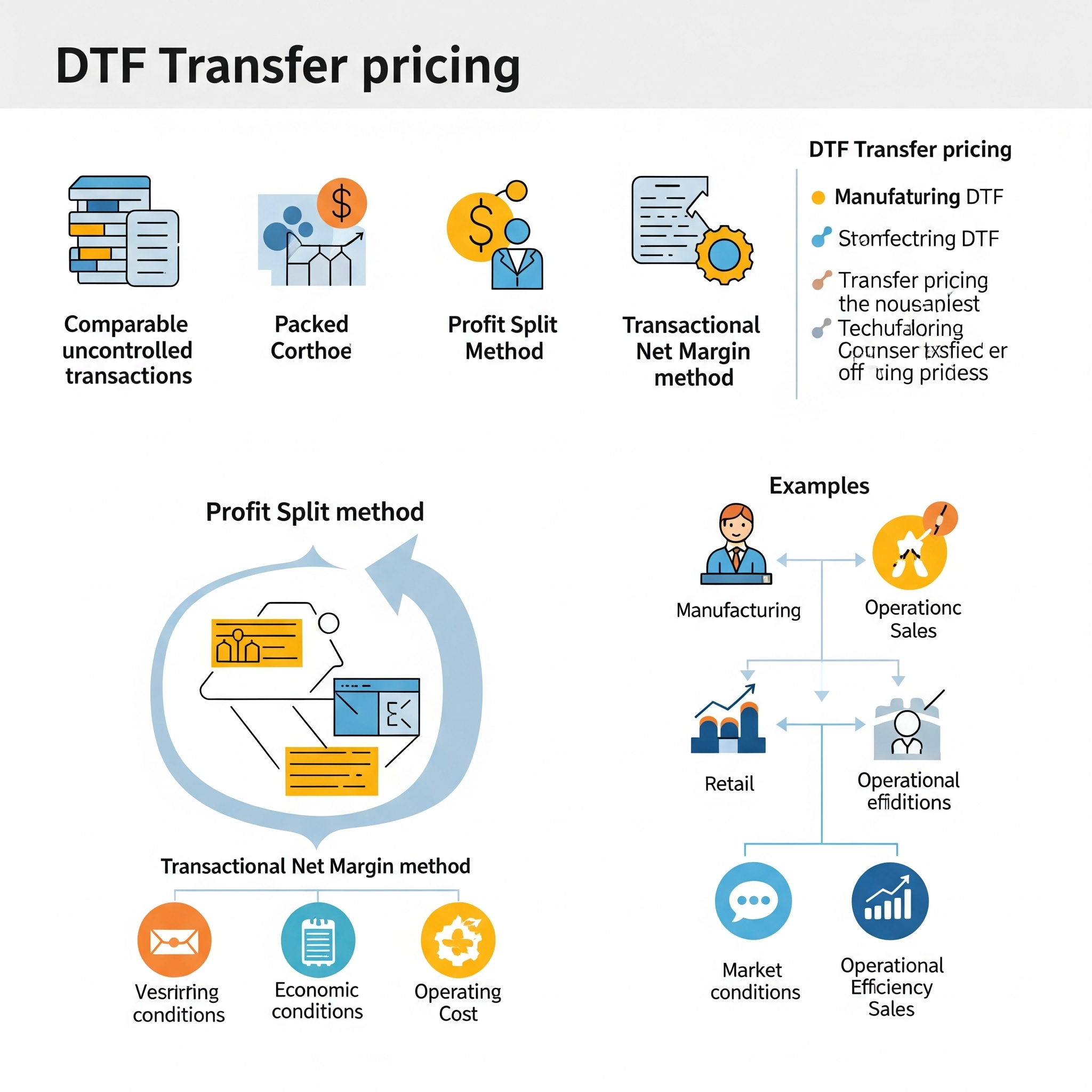
Introduction: DTF vs. HTV – What’s the Difference?
When it comes to transferring designs onto fabric, two popular methods are DTF vs. HTV. Both HTV vs. DTF have distinct processes and benefits. Understanding the difference between DTF vs. HTV transfers helps you choose the best option for your needs. Both methods produce high-quality prints, but they each offer unique features that make them ideal for specific projects. Bring Your Art to Life: DTF vs. HTV – What’s the Difference? In this article, we will break down the differences to help you decide.
What is DTF Printing?
DTF stands for Direct-to-Film printing. It involves printing designs onto a special film, followed by applying adhesive powder. The design is then cured and transferred onto fabric using heat and pressure. DTF printing allows for full-color, detailed designs and works well on various fabric types. Unlike other methods, DTF doesn’t require a pre-treatment process for garments, which makes it more versatile. This method is commonly used for complex designs, vibrant colors, and larger prints.
What is HTV?
HTV stands for Heat Transfer Vinyl. This method involves cutting a design from a vinyl sheet and then applying it to fabric with heat and pressure. HTV transfers are often used for simpler designs, as each layer of vinyl is cut separately. Unlike DTF, HTV requires precise cutting and weeding of the vinyl before application. It is commonly used for creating designs on t-shirts, hats, and bags. HTV works best with single-color designs or minimal details.
DTF vs. HTV: Key Differences
DTF vs. HTV involves several key differences in both process and outcome. The main difference is how the design is transferred. With HTV vs. DTF, HTV requires cutting and weeding, while DTF involves printing the design directly onto the film. DTF allows for more complex and multi-colored designs, while HTV is best suited for simpler designs. Additionally, DTF printing works well on both light and dark fabrics without needing to layer colors. HTV, on the other hand, may require multiple layers of vinyl for complex designs, which can be time-consuming.
Process Comparison: DTF vs. HTV Transfers
When it comes to DTF vs. HTV transfers, the processes differ significantly. DTF vs. HTV starts with DTF printing, where a design is printed onto film. Once the design is printed, adhesive powder is applied, and the design is heat-cured. The final step involves pressing the film onto fabric with a heat press. In contrast, HTV vs. DTF involves cutting a design from vinyl, weeding the excess vinyl, and then applying it to the fabric with heat. While both methods use heat for application, DTF is faster for complex designs, while HTV is more manual and requires more preparation time.
Quality and Durability: DTF vs. HTV
Both DTF vs. HTV offer great quality and durability, but there are differences. DTF vs. HTV transfers made with DTF tend to be softer to the touch because the ink is absorbed into the fabric. The design doesn’t feel heavy or stiff, which is ideal for large designs or when printing on soft materials. In contrast, HTV transfers can feel thicker and more rigid, especially with multiple layers. However, HTV is incredibly durable and can last for a long time, even through multiple washes.
Cost Comparison: DTF vs. HTV
When considering DTF vs. HTV, cost is a significant factor. HTV vs. DTF typically has a lower initial cost since the equipment needed for HTV is generally more affordable. However, HTV requires more manual labor due to the cutting and weeding process, which can increase time and labor costs. On the other hand, DTF vs. HTV transfers using DTF may have a higher upfront cost due to the printer and materials, but it’s a faster process with less manual work. For businesses looking to produce large quantities, DTF printing may be a more cost-effective option in the long run.
Which One is Best for Your Project?
Choosing between DTF vs. HTV depends on your specific needs. If you need high-quality, multi-colored, and intricate designs, DTF vs. HTV is the better choice. DTF printing is perfect for full-color artwork and more complex designs that would be difficult or time-consuming to achieve with HTV. However, if you are working on simpler designs or small quantities, HTV vs. DTF may be more efficient. HTV works well for logos, names, and minimalistic designs, especially when only a few prints are required.
DTF vs. HTV Transfers: Which is More Versatile?
When it comes to versatility, DTF vs. HTV transfers each have their advantages. DTF vs. HTV printing is incredibly versatile because it works on a variety of fabric types, including cotton, polyester, and blends. It also allows for a wider range of design complexities, from detailed illustrations to full-color photos. Bring Your Art to Life: DTF vs. HTV – What’s the Difference? HTV vs. DTF, however, is more limited to fabrics like cotton and polyester and doesn’t perform as well on complex designs. While HTV can be layered for more intricate artwork, it still requires more time and effort.
Speed and Efficiency: DTF vs. HTV
In terms of speed, DTF vs. HTV has a clear winner. DTF is much faster for full-color designs since the printing process is automated. Once the design is printed, it’s transferred with minimal effort. Bring Your Art to Life: DTF vs. HTV – What’s the Difference? HTV vs. DTF, on the other hand, requires cutting, weeding, and applying multiple layers for complex designs, which takes more time. For high-volume printing or intricate designs, DTF vs. HTV transfers using DTF will be much more efficient in terms of time.
Conclusion: DTF vs. HTV – Which Should You Choose?
Ultimately, the decision between DTF vs. HTV depends on the type of designs you want to create. If you are looking for intricate, multi-colored, and full-detail prints, DTF vs. HTV is the way to go. If you prefer simpler designs, HTV vs. DTF may be a better choice for its ease and affordability. Bring Your Art to Life: DTF vs. HTV – What’s the Difference? Both methods are effective, but understanding your needs—whether it’s design complexity, volume, or budget—will help you make the best decision.








